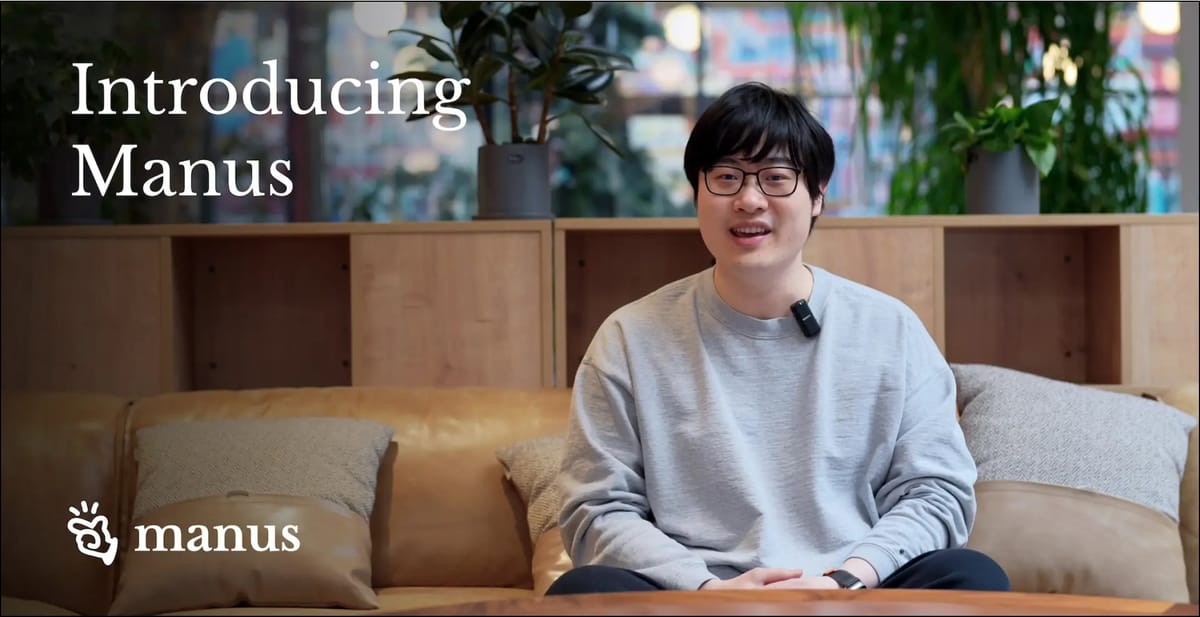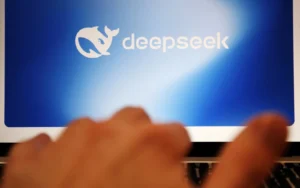Manus: The New Viral AI Agent from China Sparks Significant Debates

Manus: A New Era in AI Autonomous Agents
Introduction to Manus
A groundbreaking AI agent named Manus has recently emerged from a team in China, quickly capturing the attention of the global AI community. This new product is being dubbed the potential catalyst for a new phase in artificial intelligence, drawing parallels to other recent viral AI technologies. However, access to Manus is currently limited due to high demand and scarce invitation codes.
Key Features of Manus
- Autonomous Functionality: Manus is designed to operate as a fully independent AI agent. It can analyze data, plan strategies, and execute tasks without requiring constant human oversight.
- Efficiency: Initial testers have reported that Manus can complete the equivalent of weeks of professional work in a matter of hours, showcasing its remarkable task management skills.
- Multi-Agent Architecture: Instead of processing all tasks through a single mechanism, Manus divides complex assignments into smaller components. Special sub-agents then handle each component, leading to faster and more efficient processing.
Why the Excitement?
The excitement surrounding Manus stems from its impressive capabilities as an autonomous AI agent. Early users claim that it effectively manages tasks with a level of competence and independence that surpasses existing AI assistants. Industry leaders are now questioning whether this new tool signifies a shift in the global AI landscape, suggesting that China may be emerging as a formidable player against U.S. advancements in AI technology.
Demonstrations and Performance
In demonstrated tasks during its launch event, Manus performed a range of functions, such as:
- Screening Resumes: Efficiently filtering applicants by analyzing suitability.
- Real Estate Research: Gathering and evaluating properties based on different criteria.
- Stock Analysis: Conducting in-depth correlation analyses between various stocks.
The system’s performance on the GAIA benchmark—a comprehensive test designed to assess an AI’s reasoning and automation capabilities—has also garnered attention. This test evaluates how well an AI can use tools and manage real-world automation tasks.
Industry Leader Reactions
The initial response from industry experts has been enthusiastic. For instance, Peak Yichao Ji, co-founder of Manus, claims Manus signifies the next phase in human-machine collaboration and hints at advancements toward Artificial General Intelligence (AGI). Clement Delangue, CEO of Hugging Face, also highlighted discussions with Yichao, suggesting that Manus’s capabilities could be seen as more related to alignment issues rather than fundamental capabilities.
Innovation Behind Manus
It appears that Manus achieves its extraordinary performance not through radical innovation, but rather through a sophisticated fine-tuning of existing AI frameworks. Its multi-agent system effectively breaks down and distributes tasks among capable sub-agents, leading to a more streamlined process.
User Experiences
Different users have chimed in with their experiences. Venture capitalist Deedy Das shared that Manus completed what would typically take two weeks of analysis into just one hour. Victor Mustar from Hugging Face described the tool as "the most impressive AI tool I’ve ever tried." Experiences have emphasized how Manus operates smoothly, providing instant and reliable results.
Access Challenges
Despite the buzz and praise, accessing Manus has proven difficult. This is mainly due to server capacity limitations, leading the team to implement an invite-only system. According to the product partner, Zhang Tao, Manus is still evolving, and the current version represents only a fraction of what they aim to ultimately deliver.
Final Thoughts
The rapid ascent of Manus has spurred discussions that touch on broader implications for global AI development. Some experts argue that these advancements pose threats to American dominance in AI technology. With the dual emergence of Manus and other significant AI breakthroughs, it suggests that there is an urgent need for U.S. labs to innovate and accelerate their own developments in this evolving landscape of autonomous artificial agents.





